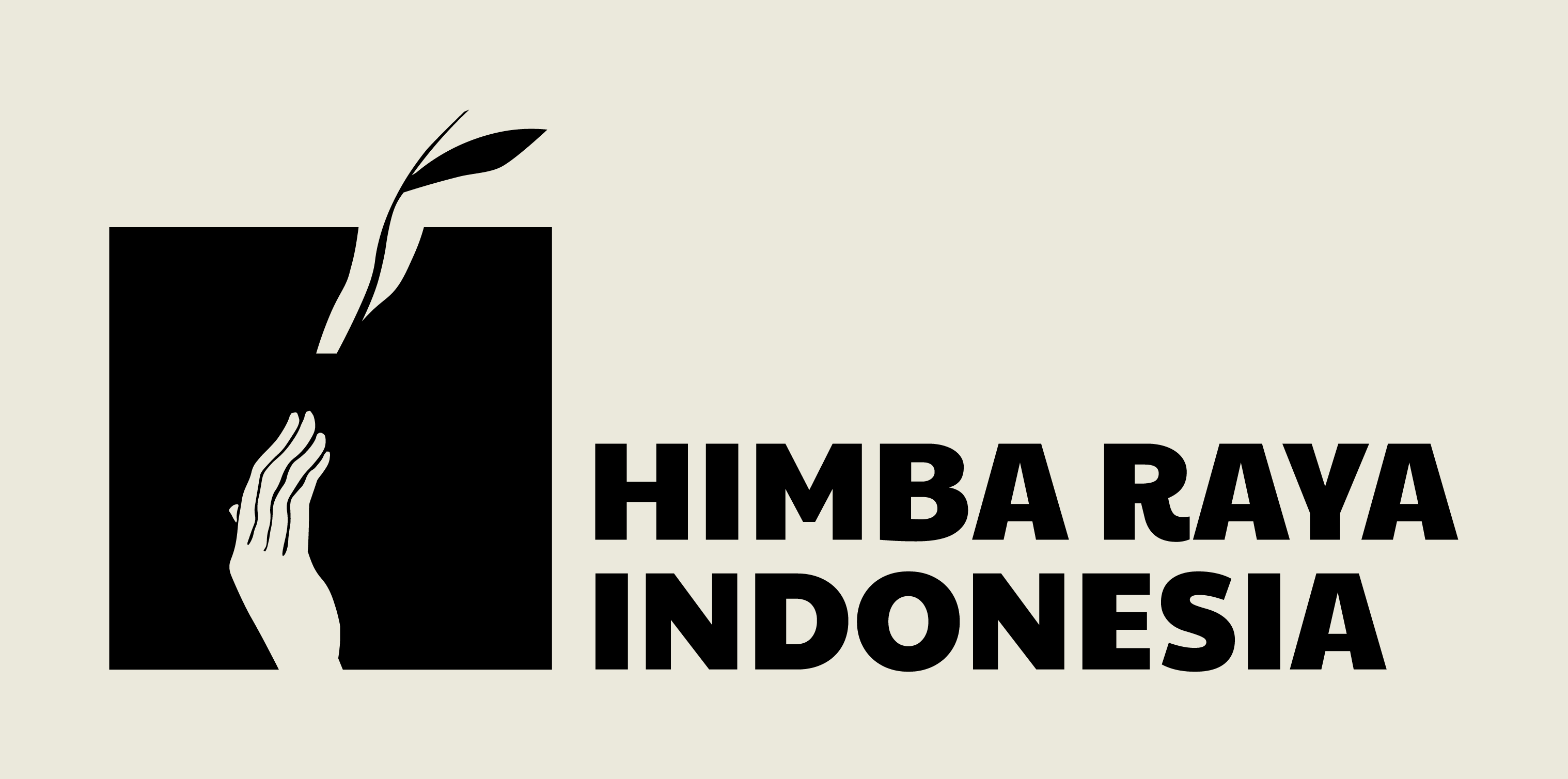Indonesia is a country with abundant natural resources, but the environment is degrading at an unprecedented fast rate. Indonesia ranks as the third largest emitter of greenhouse gases, but unlike the two countries that top the list, the main contributors of Indonesia’s emissions are forest fires and deforestation. Climate change will affect not only the environment, but also people and economy. Climate change has already led to the increase of natural disasters such as floods and drought, as well as forest fires and adverse effects on crop growth (Measey, 2010)
Reforestation can mitigate these disastrous impacts. For example, in both developed and developing countries, trees are being used as windbreaks to shelter crops, prevent erosion and protect the soil. Forests can also enhance water quality in other ways. Studies in Nigeria, Indonesia and other countries have shown that with deforestation, minerals and nutrients that are typically absorbed or recycled by trees now make their way unchecked into drainage water, thus polluting the fresh water. Forests also play a big role in the carbon cycle by removing carbon dioxide from the atmosphere, thus reducing the impact of global warming.

Balangeran (Shorea blangeran)
What tree is it?
Balangeran can grow as tall as 20-25 meters with a branch-free stem height of 15 meters. The wood from this tree is classified as Strong Class II, so it is suitable for building materials (Martawijaya et al., 1989). Several studies have shown that phytochemical compounds in the bark of Shorea balangeran function as antioxidants (Wardani and Susilo, 2016). Based on IUCN Red List, balangeran is a rare and endangered species. One of the ways to conserve Shorea balangeran is by planting them for peatland rehabilitation.
Capture CO2: coming soon
Local use: construction
Ecology: Balangeran is known as a pioneer species capable of forming initial restorative conditions for degraded peatlands thanks to its high level of adaptability.

Jelutong (Dyera costulata)
What tree is it?
Jelutong is a large, deciduous, canopy tree with a spreading crown that can grow up to 75 meters tall. It has an unbuttressed bole that can be unbranched for 15 – 30 meters and up to 3 meters in diameter. Historically, the plant has been tapped commercially for its latex for hundreds of years.
Capture CO2: coming soon
Local use: as a trading commodity both for the raw material for making gum (gum base) and for the manufacture of handicrafts
Ramin (Gonystylus bancanus)
What tree is it?
One of the types of plants that are mainstay in peat-swamp forest is ramin. Ramin has been included in the red list of the International Union for Conservation of Nature (IUCN) since 2001 as critically endangered species. It has also been included in the Convention on International Trade in Plants and Wildlife of Threatened Species (CITES) since 2005, which means that the trading of ramin is specially and heavily regulated. Ramin stems are generally straight and tall. They can reach 40-45 meters.
Capture CO2: sculpting craft
Local use: coming soon
